8 Reasons Why We Think Spiti Is Better Than Ladakh For The Adventurers
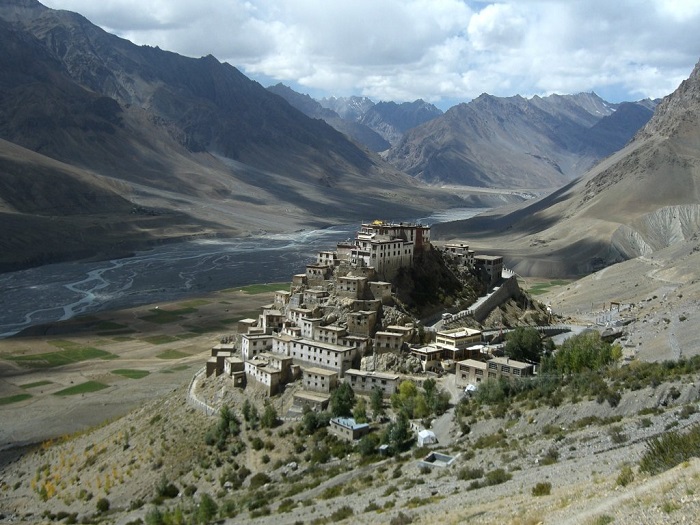
Spiti Is Better Than Ladakh For The Adventurers
Ask an adventurous soul on a road trip, and the person will most likely get excited about going to Ladakh. Cold desert with a small number of residents, rugged roads that are perfect for a bike rides, trekking routes, monasteries – it’s a dream destination, after all! But if you’ve already been there and want to experience something similar but new, then your best option is Spiti Valley in Lahaud-Spiti District. Spiti, which means “The Middle Land” referring to the Spiti Valley in Lahaul-Spiti District, is located high in the Himalayas in the north-east of Himachal Pradesh, and is the perfect place for someone looking for a less expensive alternative for Ladakh. But, Spiti is more than just the poor man’s Ladakh. In fact, we think it can even prove to be better for some travelers. Let’s take a look at why we think Spiti is a better than Ladakh.
8 Reasons Why We Think Spiti Is Better Than Ladakh For The Adventurers
1. The Journey
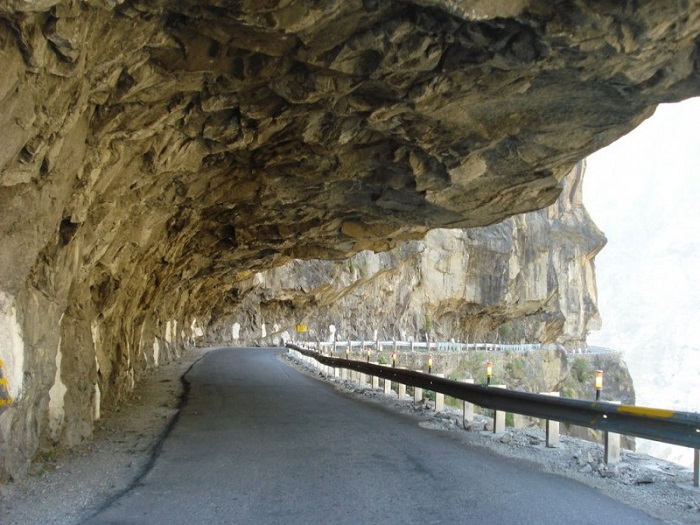
The road to Spiti will perhaps remind you of the road to Leh, only it’s much more rugged. It is an excellent route for bike riders, especially those who like it rough, because you’ll always have to be on your guard along these treacherous roads. A ride to Spiti along the Himalayan – Tibet highway, through the large variety of landscapes and villages will also give you an opportunity to enjoy different vistas, experience the immensity of the Himalayas, and feel the great height you’re at. While you can opt to take buses that run to Spiti once or twice a day, there are motorcycling outfits like ABoriginal Tours and Legendary Moto Rides to help you brave the mountains. You can even go on a guided bike tour across the rugged mountains with them.
2. Towns and villages in Spiti
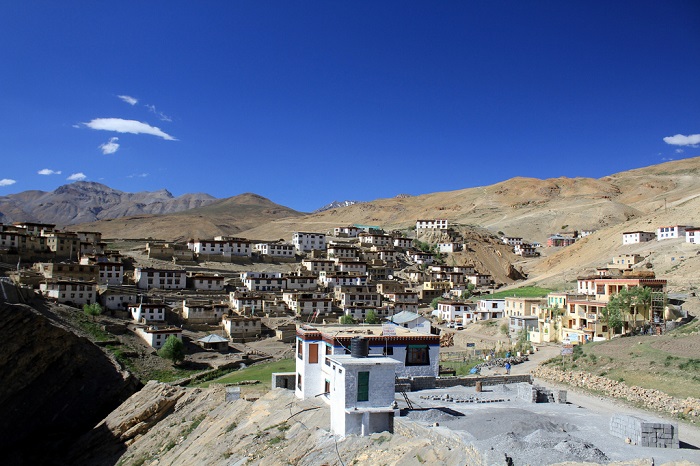
The quaint little town of Keylong is the administrative headquarters of the district, located on the banks of Bhaga. Villages in Spiti Valley are remote, and among the highest in the world. These villages look and feel very much like each other. The residents of these villages offer staycations at Rs. 300/person. You can stay in their homes and they will serve you fresh, home-cooked food. The rusticity of your hosts will warm your heart. Do not be worried about the sanitation system, as the toilets are particularly notable, being situated on raised platforms. All the waste is turned to manure. Ecosphere, an award-winning social enterprise, works here on its sustainable development. Giu, and otherwise inhospitable village, attracts visitors because there’s the Lama Mummy, the 500-year old mummy of a Tibetan monk, Sangha Tezin, believed to protect the village.
3. Monasteries
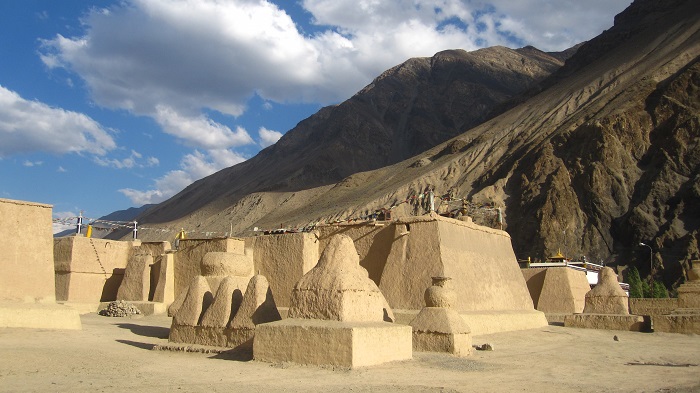
There are some remarkable monasteries in Spiti. The 11th century Key (Ki) Gompa is perched on top of a hill near the Spiti River, and is the biggest monastery in the valley. It is a religious training centre for Lamas. The fascinating Dhankar Gompa, set among rocks, is about 1000 years old, and offers accommodation and food at Rs. 150 in the ‘new monastery’. The Tabo Monastery is the oldest functioning Buddhist monastery, with original paintings and artifacts still intact. There are monasteries in Spiti, such as the Tangyud Monastery overlooking the town of Kaza near Kibber Wildlife Sanctuary, the Gungri Monastery and the Saskyagongmig Gompa. There are affordable guest houses near some of the monasteries.
4. Treks through valleys and passes
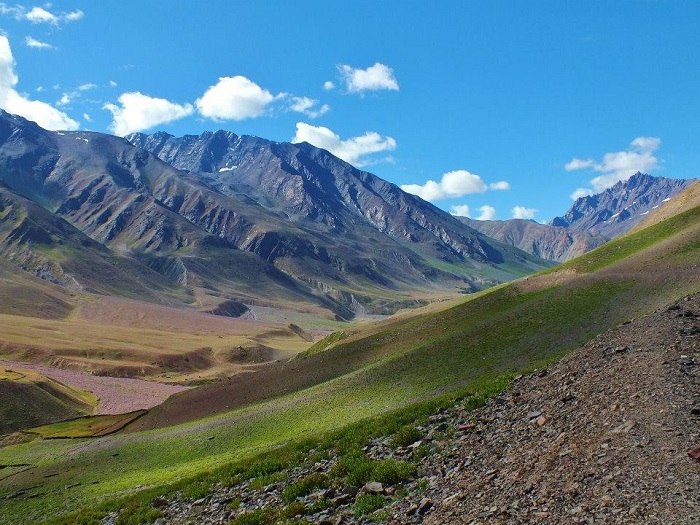
We know that Chadar trek and Markha valley trek in Ladakh are absolutely mind-blowing. But the less trodden tracks will probably make you agree that Spiti is better than Ladakh. The Hampta Pass – Chandra Taal Trek is one of the best treks for inexperienced trekkers. You start from the Hampta village and travel through the Deodar forests amidst Kullu valley via Chandra Taal, and reach Spiti. The Pin-Parvati Trek, on the other hand, is a relentless journey. You start at Manikaran, and trek through Pin-Parvati Pass across the Parvati and Pin valleys in Kullu and Spiti till you reach Manali via Kaza and Rohtang Pass. The Kunzum La which is the Gateway to Spiti, and the Rohtang Pass which is to the south of Lahaul-Spiti, are particular favourites of adventurous riders who like to take up the unconventional danger.
5. White water rafting routes
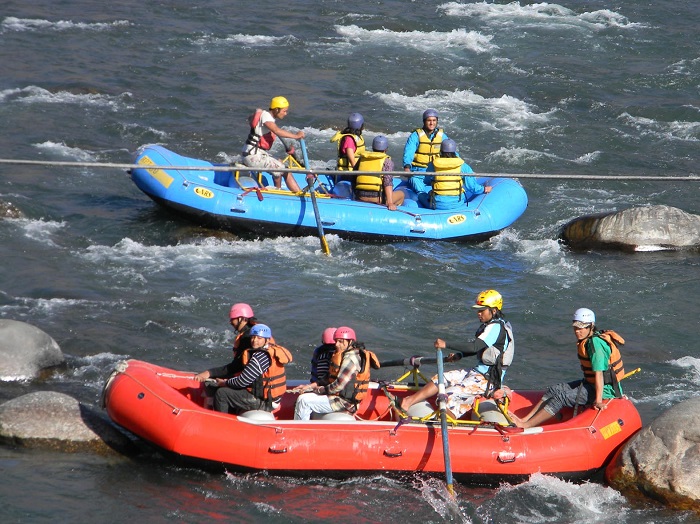
Ladakh has some tried and tested river rafting opportunities which deserve their own dedicated blogs, but Spiti offers equally challenging, but newer routes. Keylong, located on the bank of the Bhaga stream at an elevation of 10,100 ft., has emerged as a new white water rafting destination in India. The stream offers two rafting routes. One stretch is from Koksar to Tandi and is 90 km long, while the other is from Darcha to Udaipur and is 70 km long. The entire course alternates between calm, lazy stretches and unrestrained, plunging rapids, and is thus perfect for rafting enthusiasts of different skill and experience levels. The scenic Lahaul Valley, Chandrabhaga Peak and Bara Shigri Glacier form a picturesque backdrop.
6. Lakes
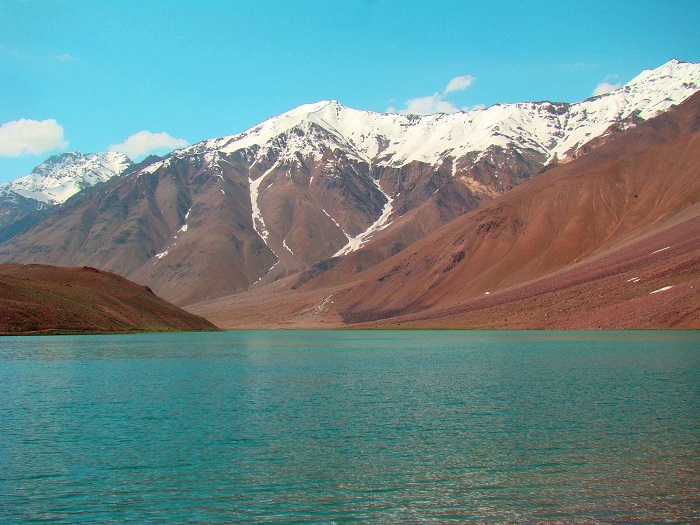
Granted, there’s Pangong Tso in Leh, but Chandra Taal is just as mind-blowing. It is a must-visit for every Spiti enthusiast. Located 14,000 feet above mean sea level, the Chandra Taal, which means the “Lake of the Moon”, has something quite unique about it – there are no visible inlets to this lake, which proves that the lake has an underground source. However, it does have a distinct outlet, as it is the source of the Chandra River. Cars are barred from the Chandra Taal. You should be glad about that, since it’s one of the reasons why you’ll still find the lake in an undefiled condition. Other lakes in Spiti include the Dhankar Lake and the Suraj Taal or “Lake of the Sun”.
7. Star gazing
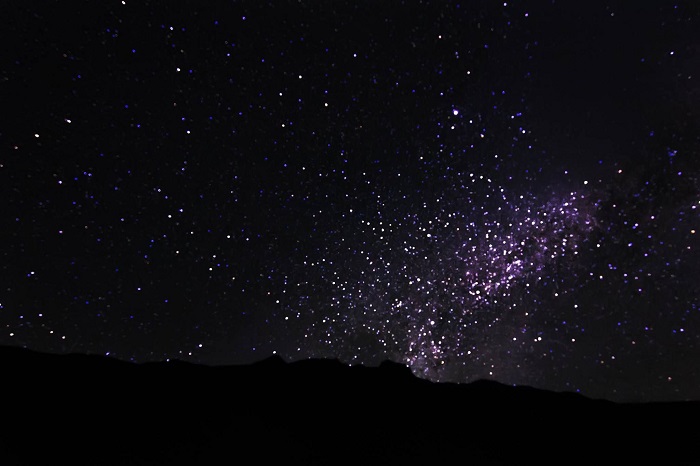
Located high up in the mountains, Spiti offers an excellent opportunity to have a distinct, clear view of the sky. At night, prepare to be amazed by the vast stretch of inky blue sky, studded with the Milky Way. The place is as much of a photographers’ delight as is Ladakh, because they can capture the perfect star trails here. Spiti is fairly inaccessible, and that has managed to be a blessing for the place, preserving its virgin state, with no pollution to block the view of the night sky. The Dhankar Lake and Tabo village in particular has the perfect conditions for astro-photography. Even if you’re still skeptical about whether or not Spiti is better than Ladakh, you have to accept that it is definitely a great alternative.
8. Food
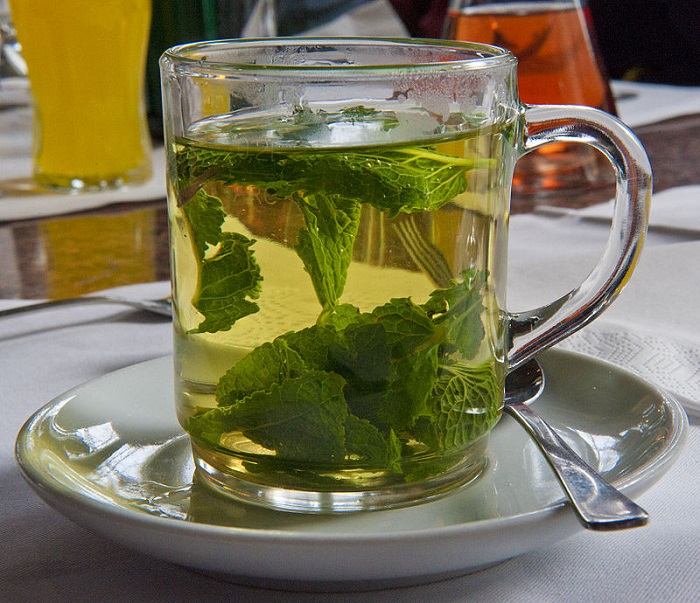
If you decide to stay at the monasteries, it is likely that you will be served vegetarian meals, while the staycations with the village residents will get you homespun, bucolic wonders on the plate. The nature of food in this region is quite unconventional. From goat sausages to yak meat, the food is unlike anything you’ve eaten during your sophisticated sojourns. Thukpa, pava, khambir, sku and a variety of momos will titillate your taste-buds. Wash it all down with flavored tea and local alcoholic drinks. And since you are out on an adventure, you might as well try the Tibetan Butter Tea, though at your own risk.
If you decide to take a road trip to Spiti, you need to be careful about a few things, such as the time of the year when you wish to go, because most of the roads, trekking routes, passes, etc. are open from May to November, and remain closed during the winter months due to the snowstorms. Besides, the weather conditions also affect the routes considerably. Make sure you not to wander off along unknown tracks and narrow valleys, or you might get lost in the cold desert. Travel in groups, and at least inform someone where you intend to go. Besides, the trip to Spiti-Lahaul can be long and arduous, and you must be prepared accordingly. Most tourists on long journeys from as far as Delhi make a stop at Manali to acclimatize and rejuvenate, stock up on food and water, and also to get their ride checked, since mechanics can be difficult to find. If you choose to travel by bus, especially on the windy mountain roads, government buses are a better choice. They are far more careful than the private bus drivers, and are recorded to have far fewer accidents. To up the adventure quotient of your expedition a notch, you can add paragliding to your journey.
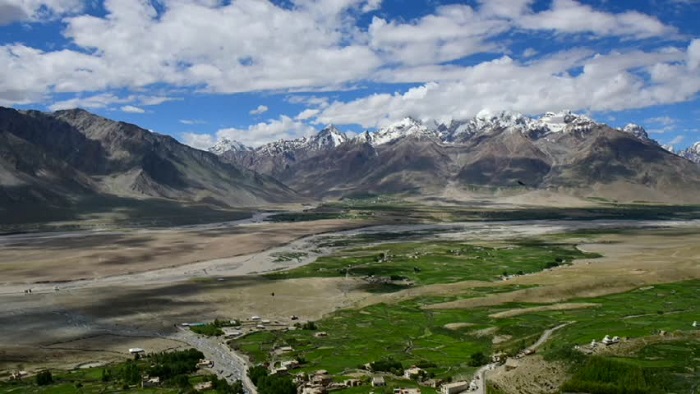
The challenging route and remote location make the journey a truly difficult one, but these are the same reasons why the region has an untouched beauty, and thus give us enough reasons to think Spiti is better than Ladakh. It is still a place where tourists have not yet been able to leave behind their footprints. It is still a place where the stars in the sky have not been hidden by the reddish clouds of dust, or tall hotels in the skyline. Take a trip to Spiti: at the end of a fun and demanding journey lies an unspoiled, pristine destination.
You May Be Interested IN